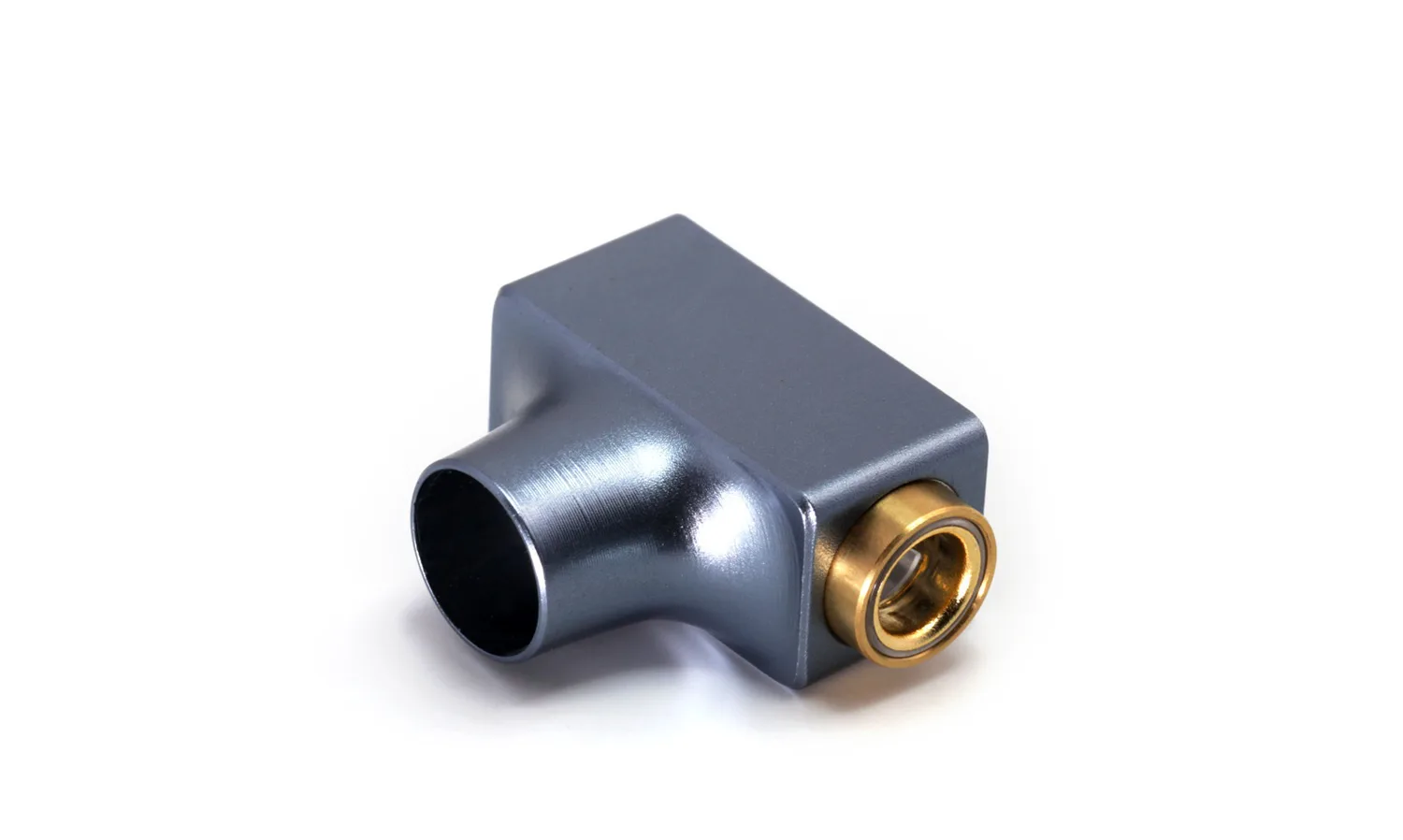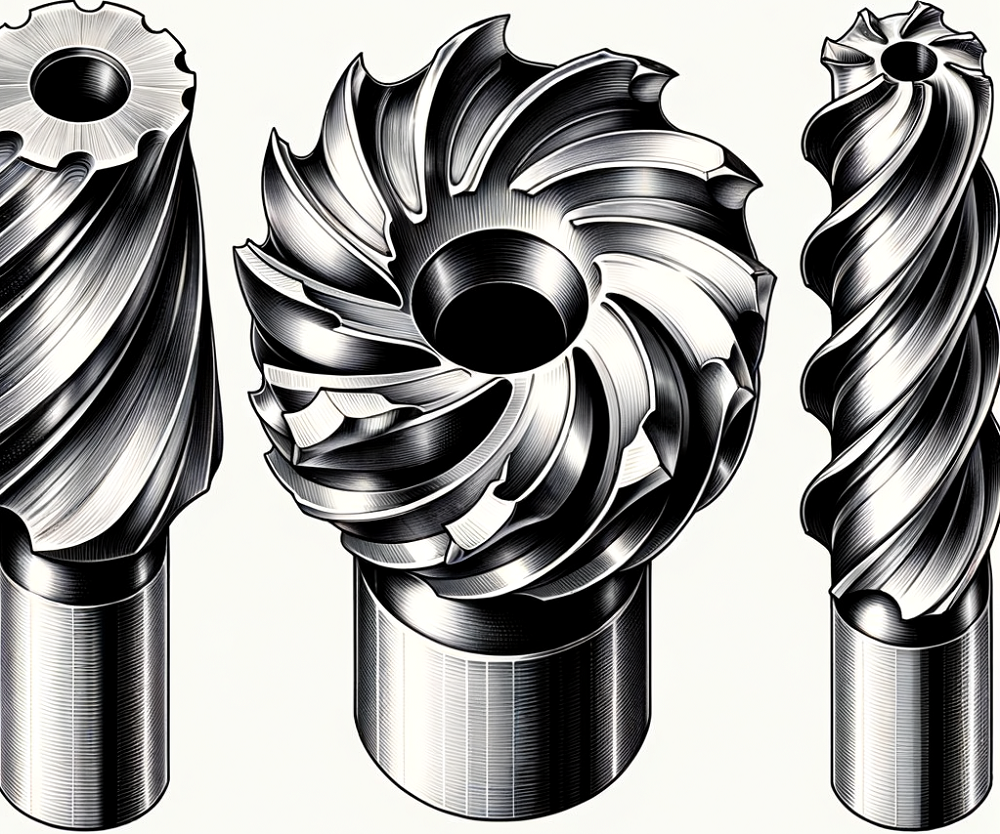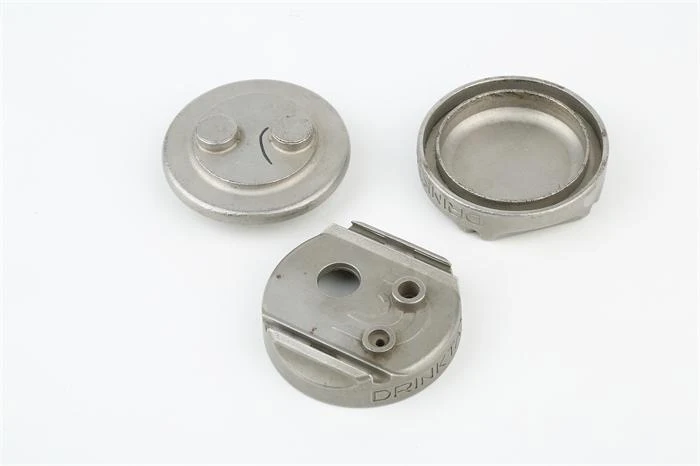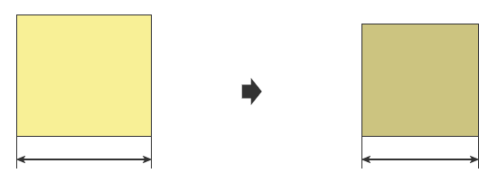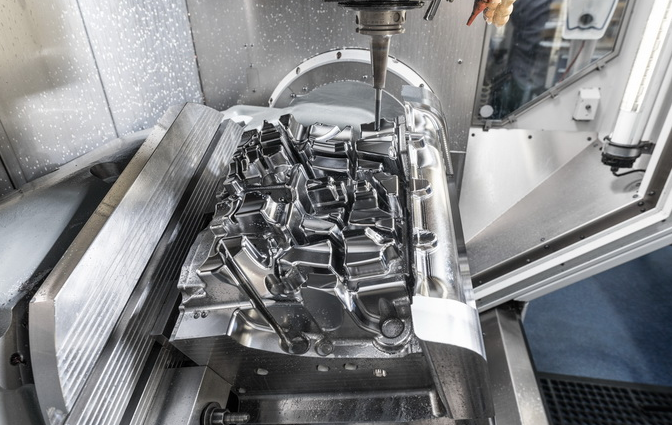Headphone adapters are used in converting or adapting audio signals between different devices and headphones. Before purchasing an audio adapter, let’s explore its manufacturing process, headphone jack adapter types, components, and how to use it.
What Is a Headphone Jack Adapter?
A headphone (earphone) jack adapter is a type of audio adapter that provides compatibility between devices that have different types of audio ports. Adapters have different external connector types on either end that allow them to physically plug into the respective audio ports that are being adapted between. The adapter provides the necessary electrical wiring pathway to connect the contacts/pins of one port type to the contacts of the other port type it is adapting between. Some adapters also aim to match the impedance characteristics of the two different port standards, to ensure a proper load is presented to the audio source and minimize signal loss. Balanced headphone adapters maintain the left/right balancing of the audio signal as needed when converting between balanced and unbalanced port types (e.g. TRS to TRRS). The small size and lightweight design of the earphone jack adapter make it easy to carry and use in a variety of settings.
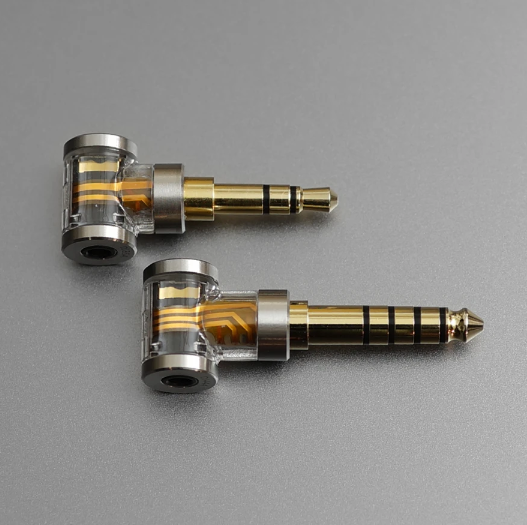
Types of headphone jack adapters
1) 3.5mm to Lightning adapter: This adapter allows headphones with a standard 3.5mm jack to be used with devices using Apple’s Lightning port, like iPhones.
2) 3.5mm to USB-C adapter: For connecting standard headphones to devices with USB-C audio output like some Android phones.
3) 3.5mm to 6.3mm adapter: Adapts headphones to professional audio gear with 1/4″ TS jacks.
4) Lightning to 3.5mm adapter: The opposite of above, allows iPhone headphones jack to work with standard 3.5mm ports.
5) Bluetooth adapter: Allows wired headphones to be used wirelessly via Bluetooth technology.
6) Balanced headphone adapters:
TRRS to TRS adapter – Adapts balanced 2.5mm TRRS to unbalanced 3.5mm TRS.
TRRRS to TRRS adapter – Converts 4.4mm male balanced to 2.5mm female balanced.
TRRS to TRRRS adapter – Opposite of above.
TRRS to XLR adapter – Adapts headphones to balanced XLR studio equipment.
7) DAC/amp adapter: Combines digital-to-analog conversion and amplification for high-res audio.
How to use a headphone jack adapter?
Let’s take a balanced headphone adapter as an example.
1) Identify the ports/connectors types: Check the output port on your audio source device (e.g. mixer) and input port on your headphones.
2) Choose the right adapter: Get an adapter that matches the source output and headphone input (e.g. TRRS to TRS).
3) Connect the adapter: Plug one end of the adapter into the output port on the source device.
4) Connect your headphones: Plug your headphones into the other end of the adapter.
5) Test the connection: Play some audio through your source device. If the audio plays through your headphones clearly, the connection is good.
Why is my headphone adapter not working?
Here are some measures to address common issues or problems.
– Damaged port/adapter. Please take a look at the headphone port on your device and the adapter for any damage, bent pins, debris, etc. Gently cleaning it may help. Replace if defective.
– Incompatible adapter. Make sure the adapter is compatible with your specific device port type (Lightning, USB-C, 3.5mm, etc). At the same time, make sure to update the device firmware to the latest version available.
– Loose connection. The adapter may not be fully inserted into the port. Try re-seating it firmly. Bending/wiggling the plug while inserting can help make contact.
– Faulty headphones. Test the headphones directly in another known working port. If they don’t work, the headphones themselves may be faulty. Remember to inspect audio profiles/equalizer settings and ensure headphone output is enabled.
– Volume/mute settings. Check your device volume isn’t muted or turned all the way down. Also, toggle the mute/unmute switches on the headphones.
– Power/reset issues. Try rebooting both your device and headphones. A power cycle may fix any temporary glitches.
– Driver issues (PC only). Check for any missing or outdated headphone adapter/audio drivers on your PC.
If none of the above measures solve the problem, you can restore factory settings or seek help from the purchasing merchant.
Common Components (Parts) of Balanced Headphone Adapter/Converter
What does an audio adapter consist of? Below is a list of the main components of a balanced adapter.
– Housing/Shell: the outer casing that holds all the internal components. Materials can include plastic and metal.
– Plug: the connector end that inserts into the balanced audio source port. Common plug types include 4-pin XLR, 2.5mm TRS, etc. It carries the balanced audio signals.
– Wires: thin-insulated copper wire that runs through the housing to connect the plug to the internal circuitry. Carries left and right channel audio signals separately.
– Circuit Board: a small printed circuit board inside the housing that contains the electrical components and routes the signals.
– Resistors: tiny electrical components soldered to the circuit board that balance the audio levels between channels.
– Balanced Drivers: electrical components like op-amps that convert the balanced audio signals to single-ended for headphone use.
– Splitter: separates the balanced audio signal from the plug into discrete left and right channel wires routed to the headphones.
– Solder Points: the position where the wires connecting the plug, circuit board, and headphones are affixed in place using solder.
– Strain Relief: portion of the housing where the wires exit to prevent pulling or bending stress on internal solder joints.
How Is Headphone Jack Adapter Made – Audio Adapter Manufacturing Process
To manufacture the earphone jack adapters, here are the general manufacturing processes and steps involved. We’ll focus on the details of the transparent shell production.
1. Headphone Adapter Transparent Housing/Shell Production
Injection molding is suitable for producing plastic parts with simple shapes and thin structures. The transparent housing of the headphone adapter is relatively smooth and the structure is also relatively simple, which meets the design requirements of injection molding. Injection molding can ensure the smoothness and aesthetics of the housing and it is a cost-effective solution for mass production.
1) Design and Prototyping
The design team creates a detailed design specification for the audio adapter housing or shell, including the shape and dimensions. A prototype of the adapter housing is created using 3D printing or computer-aided design (CAD) software to test the design and identify any potential issues.
2) Tooling and Mold Development
The design is then used to create a metal mold or tool that will be used to manufacture the housing. The mold is developed and tested to ensure it can produce high-quality housings consistently.
3) Material Selection and Preparation
The manufacturer selects the appropriate materials for the adapter, PC plastic is an ideal option. PC plastic has very good transparency which allows users to see the internal components of the adapter, what’s more, PC plastic has high strength and elasticity, as well as being impact-resistant and abrasion-resistant. These properties meet the long-term use requirements for a headphone adapter housing. Next, plastic materials are prepared according to the manufacturer’s specifications, which may include cutting, drilling, or shaping.
PC materials with different viscosities and coefficients of thermal expansion will affect the molding quality. When you are selecting the housing material, consider the viscosity first, a viscosity too high will make it difficult to fill the mold, while a viscosity too low will cause poor surface quality of the product. For headphone jacks, a viscosity range of 25-35Mpa·s is preferable. A large coefficient of thermal expansion will cause product deformation, while a small coefficient is more likely to produce residues. For headphone jacks, a coefficient of thermal expansion range of 0.06-0.08mm/m°C is better.
4) Injection Molding
5) Testing and Quality Control
The shell is tested to ensure it meets the required specifications. The product is inspected for any defects or issues, and any defective units are removed from the production line.
2. Headphone Adapter Metal Shell Production
The metal shell can be made from stainless steel based on its durability, corrosion resistance, and conductivity, and the stainless steel shell is manufactured using CNC machining, which involves cutting and shaping the metal to precise dimensions. The shell may undergo electroplating to enhance its corrosion resistance and aesthetic appeal. The metal shell is assembled onto the housing using screws, adhesives, or other fastening methods.
3. Headphone Adapter Plug Production
Copper is one of the best materials to make the plug, as it provides excellent conductivity and prevents oxidation. The plug is also manufactured using CNC machining techniques. Surface treatment methods like electroplating enhance its corrosion resistance and aesthetic appeal. The plug is assembled onto the metal shell using screws, adhesives, or other fastening housing and metal shell. The adapter needs to be tested and inspected for any defects or issues.


